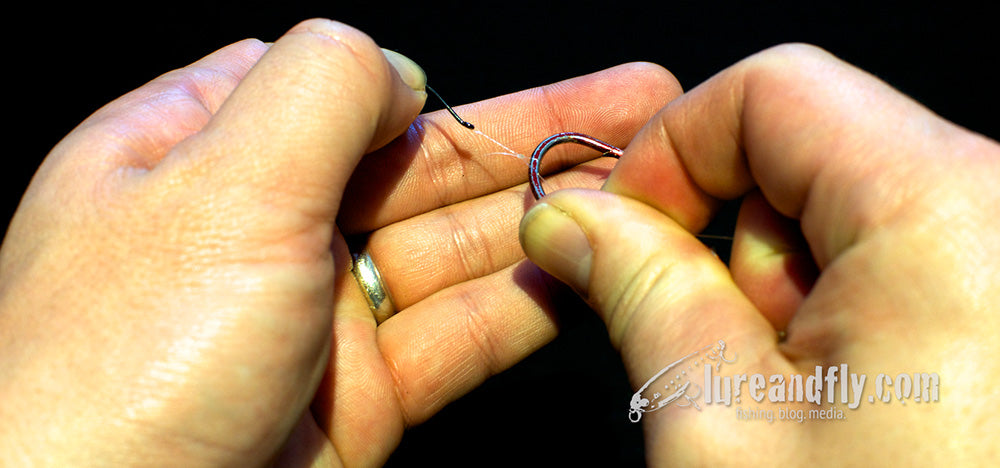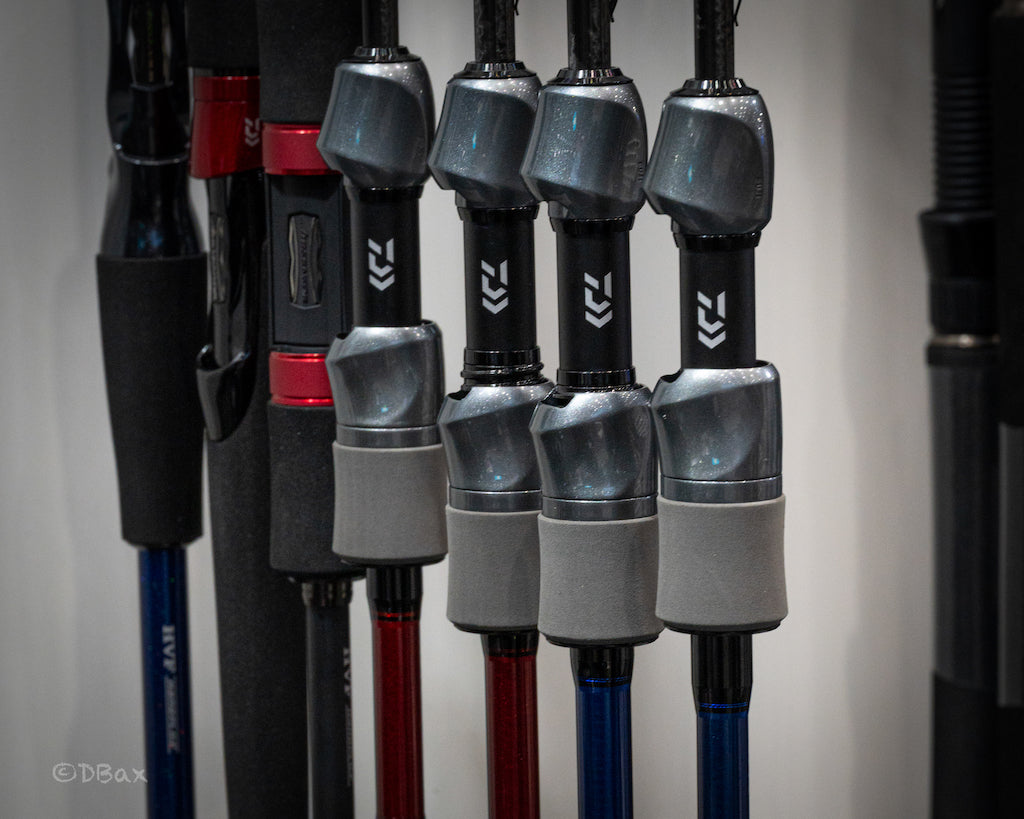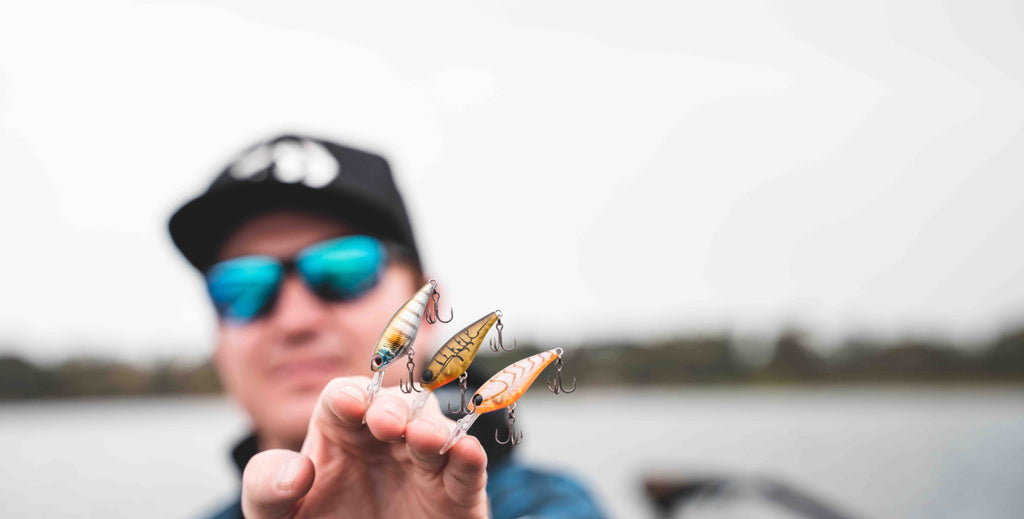Success with Stingers
By Ian Seeto.
It’s winter, it’s cold and from my experience, Bream can be a lot harder to catch. This doesn’t mean the fish aren’t there, actually I’ve found in the colder months fish tend to be of better quality, compared to the quantity you may catch during the warmer months. As a matter of fact, some of my best tournament fish have come during the colder months despite the fact catching them during this time is usually a much greater challenge for me. I generally find Bream offer me a much more subtle bite in winter, somewhat different to the aggressive summer bite I love so much. Regardless of this, chasing winter Bream can be very rewarding and well worth pursuing.



Something that has definitely helped me catch these winter Bream over the years is the humble stinger. For those that aren’t familiar, this is essentially an assist hook that is buried in the tail of your soft plastic and can significantly increase the hookup rate of the timid fish. I’m not saying that stinger hooks aren’t useful or successful in summer, but during the winter months, they have their rightful place on almost all my soft plastic Breaming rigs.


I’ve seen and used quite a few versions of the stinger hook setup. Initially I used trebles, but after much trial and error I finally settled with a setup that I’m now more than comfortable with. The rig consists of a single size 2 Gamakatsu Drop Shot hook tied to a short length of 4lb or 6lb leader. I have them pre-rigged, stored in my tackle trays for quick and easy attachment. I can imagine the brains ticking over right now with questions like “okay what’s so special about that”. Well it’s not so much about the setup, rather the way it’s assembled. One of the most difficult things I encountered when first tying and using stingers was the ability to tie consistent lengths, making sure that there wasn’t excessive amounts of leader left floating about unnecessarily.


Aside from the leader material and drop shot hooks, tying this stinger requires you to understand two separate knots as well as having an object like a larger hook to assist in constructing the rig.
The first of the two knots that you need to know is the simple uni-knot. This knot attaches your stinger rig to your jig-head and I use it because it’s really simple to tie and has the ability to ‘slip’ to tighten or loosen. The second knot in the rig is a regular clinch knot (the improved clinch knot can also be used). I use this knot for the exact opposite reason as it has minimal slip when tying which is critical when consistent lengths are required.

Process:
- Unravel some of the leader material from your spool (after tying a few, you’ll get an idea of how much you need so that you minimise waste) and tie a uni-knot at the end of the leader material leaving the loop open.
- Pass the loop over the end of the large hook and pull the knot down but don’t tighten. The uni-knot will need to be slipped open and removed from the hook once complete.
- Feed the other end of the leader material through the eye of your drop shot hook. This is where the length of your stinger rig is determined.
- Once the desired length is determined, commence tying the clinch knot by holding the large hook, pinching the line and tag end in one hand, and twisting the drop shot hook in your other hand 4-8 turns.
- Release the tag end and complete the clinch knot, pulling it down tight.
- Trim the tag ends on both the knots.
- Remove the rig from the large hook by pinching and sliding the uni-knot between a finger and your thumbnail. When loosening the knot be careful not to damage the leader material with your fingernail.
- Rig your jig head with your soft plastic of choice and then slide the open uni-knot over the jig head hook.
- Feed the drop shot hook into the tail of your plastic, then by pushing the shank of the drop shot hook back up the centre of the plastic, you will conceal the hook shank as well as removing some of the slack in your leader material.
- Store your pre-rigged stinger rig by fixing the hook in a piece of foam or cork in your tackle box.
Using this method of tying the stinger, I’ve found that I have been able to tie a number of rigs quickly and consistently and although it isn’t a silver bullet, it definitely is a rig I have used regularly to improve my success chasing the timid, tail-biting, winter Bream.







 Contact Us
Contact Us Blog
Blog About
About





